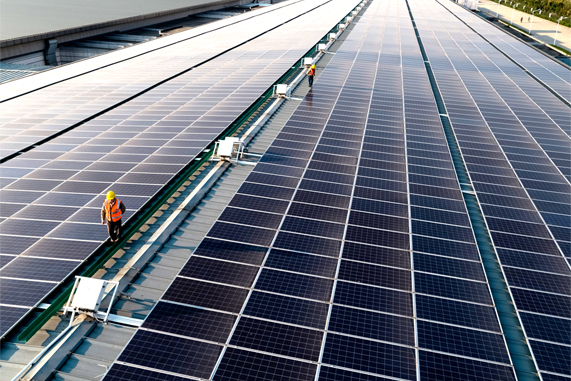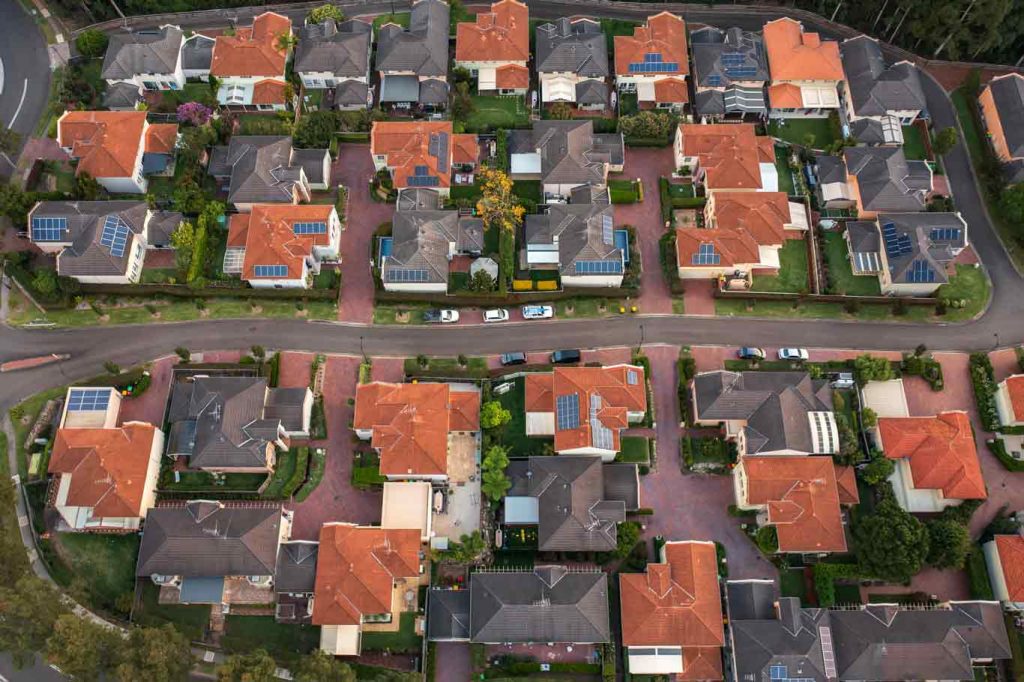Figures published this week by the Clean Energy Regulator (CER) show a continued growth in Australia’s rooftop solar installations, while an extra 165 MW of renewable energy from large-scale PV projects was accredited in the first three months of the year.
In its Quarterly Carbon Market Report for Q1 2021, the CER said small-scale rooftop solar installations in Q1 reached 101,000, up 18,000 on the same time last year while the average system size grew from 7.5 kW to 7.8 kW over the same period.
CER chair David Parker said if the momentum continues, the amount of small-scale rooftop PV installed during 2021 will reach between 3.5 and 4 GW.
This combined with an additional 300 to 325 MW of mid-scale rooftop capacity could take the total capacity of new rooftop solar beyond 4 GW in 2021, a significant increase on the 3 GW forecast at the end of the December quarter.
“Rooftop solar has continued to show strong growth in Quarter 1 2021 with 792 MW installed – a 28% increase compared to the first quarter of 2020,” he said.
“We expect the combined capacity of rooftop solar across small and mid-scale installations could exceed 4 GW capacity in 2021.”
The combined total of rooftop solar, encompassing 1 kW through to 5 MW systems, equalled 13.8 GW of renewable capacity by the end of 2020 and the CER said the mix of available incentives, and low technology costs, suggests the high install rates are likely to continue over the near term, driving Australia’s rooftop solar capacity beyond 30 GW within four years.
“With an upper bound estimate of 4 GW of added capacity for 2021, and no sign of decreasing rooftop solar growth, Australia could add another 20 GW of rooftop solar by 2025,” it says in the report.
The CER said the predicted growth means changes to how the national electricity grid and market operate will be needed to provide grid security.
“In a system rapidly changing with high penetration of renewables, multiple approaches are needed to ensure grid stability,” the report says.

Image: Apple
The Australian Energy Market Commission is already exploring various rule changes aimed at supporting stability and more efficient integration of distributed energy resources (DER) in the grid.
These include new minimum technical standards for rooftop solar to help manage voltage disturbance and pricing reforms related to export of electricity to the grid.
The CER said new approaches that recognise and monetise benefits, wherever they appear in the system – at the distribution or transmission network level – are also needed to underpin new investments.
While small-scale solar continued to flourish, a modest 19 MW of large-scale renewable energy projects reached financial close during the quarter.
Despite the slowdown, Parker said the outlook for utility scale generation remains positive and said it was too early to label it an ‘investment stall’ as some are doing.
“While the number of projects reaching financial close this quarter was modest, the pipeline of large-scale projects with a power purchase agreement (PPA), which are a leading indicator, reached a record 3.7 GW over Quarter 1 2021. This suggests that investment in 2021 and beyond should remain strong,” he said.
The CER said a record level of capacity in the PPA category indicates that between 2 and 3 GW of capacity can still reach financial close in 2021.
The CER said 39 power stations, with a cumulative capacity of 165 MW, were accredited in Q1 2021, down on the 698 MW for the same period last year.
The largest of these is Spanish developer Fotowatio Renewable Ventures’ 100 MW Winton Solar Farm near Benalla in Victoria.
This content is protected by copyright and may not be reused. If you want to cooperate with us and would like to reuse some of our content, please contact: editors@pv-magazine.com.









1 comment
By submitting this form you agree to pv magazine using your data for the purposes of publishing your comment.
Your personal data will only be disclosed or otherwise transmitted to third parties for the purposes of spam filtering or if this is necessary for technical maintenance of the website. Any other transfer to third parties will not take place unless this is justified on the basis of applicable data protection regulations or if pv magazine is legally obliged to do so.
You may revoke this consent at any time with effect for the future, in which case your personal data will be deleted immediately. Otherwise, your data will be deleted if pv magazine has processed your request or the purpose of data storage is fulfilled.
Further information on data privacy can be found in our Data Protection Policy.